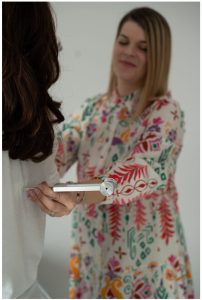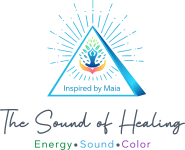My Journey into the Wounderous World of
Traditional Chinese Medicine
Traditional Chinese Medicine (TCM) is a comprehensive system of healing that has been practiced for thousands of years, focusing on restoring balance and harmony within the body to promote optimal health. Two key diagnostic methods employed in TCM are pulse and tongue diagnosis, which provide valuable insights into a person’s overall health and the state of their internal organs and meridians.
- Pulse diagnosis involves assessing the quality of the pulse at various positions on each wrist, corresponding to different organ systems and meridians in the body. By analyzing the pulse’s rhythm, strength, and quality, TCM practitioners can detect patterns of imbalance and determine the appropriate course of treatment.
- Similarly, tongue diagnosis involves examining the color, coating, shape, and moisture level of the tongue to gather information about the state of internal organs and meridians. Variations in these characteristics can indicate imbalances in specific organ systems, helping practitioners tailor treatment strategies accordingly.
In addition to diagnostic methods, TCM offers a variety of therapeutic techniques to restore balance and promote healing. Vibrational acupuncture, for example, utilizes weighted tuning forks to stimulate acupuncture points and meridians, promoting the smooth flow of qi and addressing blockages or imbalances in the body’s energy system. This technique is gentle, non-invasive, and particularly effective for those who may be sensitive to needles or prefer a different approach to traditional acupuncture.
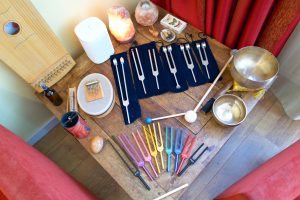
Cupping therapy involves placing cups on the skin and creating a vacuum to draw the skin and superficial muscle layer into the cup. This technique helps to stimulate circulation, relieve muscle tension, and promote the flow of qi and blood in the meridians. Cupping can be performed with or without the use of fire, depending on the specific needs of the individual.
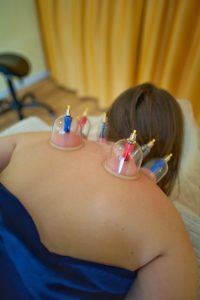
Electro-acupuncture involves applying a small electrical current to acupuncture needles to enhance the stimulation of acupuncture points. This technique can be particularly effective for pain management and treating neurological conditions.
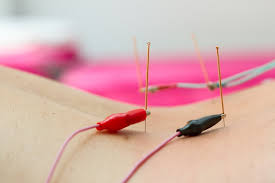
Moxibustion, another common TCM therapy, involves burning dried mugwort near or on specific acupuncture points to warm and stimulate them. This helps to strengthen the body’s qi, dispel cold and dampness, and promote healing. Additionally, TCM practitioners may use seeds, magnets, or tapes on acupuncture points to provide continuous stimulation and support the body’s natural healing processes.
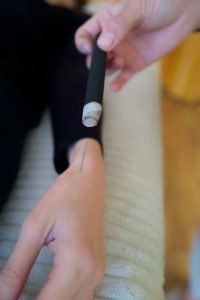
In conclusion, I have been offering vibrational acupuncture to my energy, sound, and color healing clients for the last 3 years. In some occasions, I have added moxa sticks, auricular seeds, or tapes. When I graduate in the fall of 2024, I shall have 1 full day of acupuncture practice focusing on chronic fatigue and stress, during which I will use needles and all the other tools used already. Overall, TCM offers a holistic approach to health and wellness, addressing both the symptoms and underlying causes of illness to promote long-term well-being.
